
American furniture and decorative arts installation, Hudson-Fulton Celebration, Metropolitan Museum of Art, New York, 1909. (Courtesy, Metropolitan Museum of Art.)
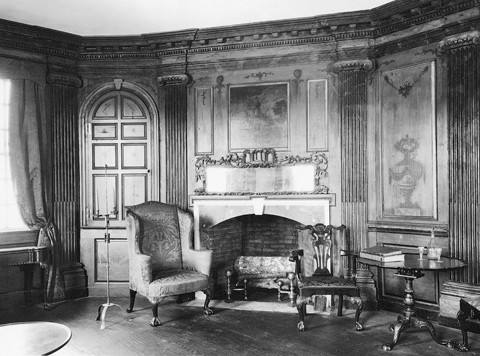
Parlor from Marmion (Prince George County, Virginia) installed in the American Wing, Metropolitan Museum of Art, New York, photograph ca. 1925. (Courtesy, Metropolitan Museum of Art.)

Gallery 283, Philadelphia Museum of Art, 1934. (Courtesy, Philadelphia Museum of Art.)
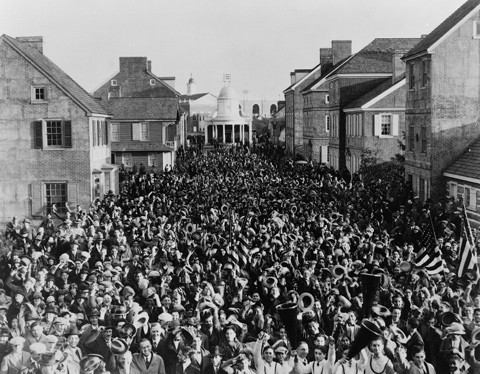
High Street, Sesquicentennial of Independence, Philadelphia, 1926. (Courtesy, Library Company of Philadelphia.)
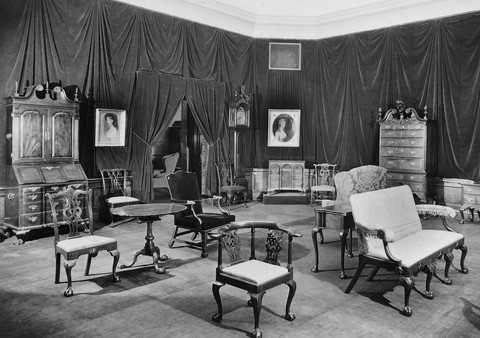
Chippendale Room, Girl Scouts Loan Exhibition, American Art Association Galleries, New York, 1929. (Courtesy, Girl Scouts of the U.S.A.; photo, Lawrence X. Champeau.)

Plan for reinstallation of the drawing room for the Samuel Powell House (ca. 1768–1772), Philadelphia, ca. 1927. (Courtesy, Philadelphia Museum of Art.)

American furniture and decorative arts installation, Hudson-Fulton Celebration, Metropolitan Museum of Art, New York, 1909. (Courtesy, Metropolitan Museum of Art.)
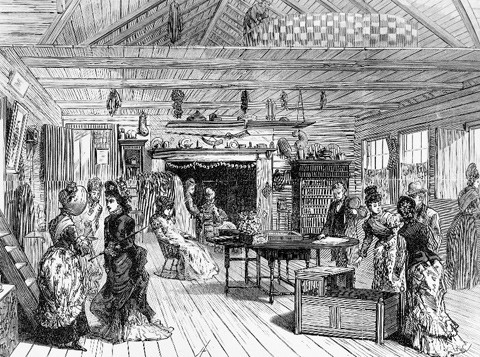
“The New England Kitchen in the Old Log Cabin,” Philadelphia Centennial, 1876. (Courtesy, Winterthur Museum.) This image appeared in Frank Leslie’s Illustrated Newspaper on June 10, 1876.
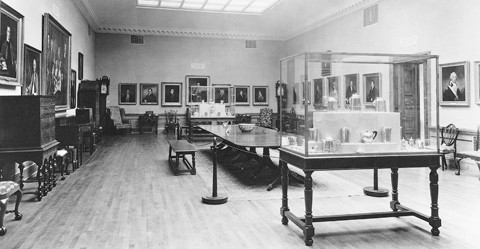
American decorative arts installation, Yale University Art Gallery, New Haven, Connecticut, ca. 1928. (Courtesy, Yale University Art Gallery.)

American decorative arts gallery, Art Institute of Chicago, 2002. (Courtesy, Art Institute of Chicago.)
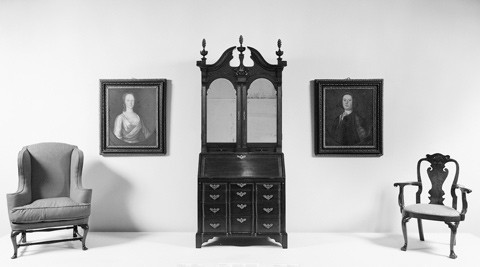
American Collections Gallery, Milwaukee Art Museum, Milwaukee, Wisconsin, ca. 1999. (Courtesy, Milwaukee Art Museum.)
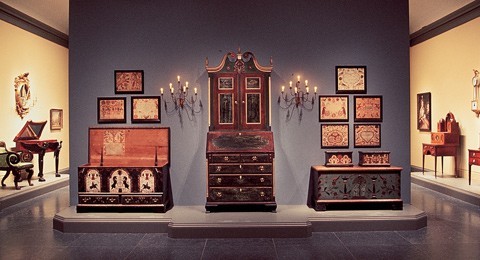
View of “An American Vision: Henry Francis du Pont’s Winterthur Museum,” National Gallery of Art, Washington D.C., May 5–October 6, 2002. (Courtesy, Winterthur Museum and the National Gallery of Art.)
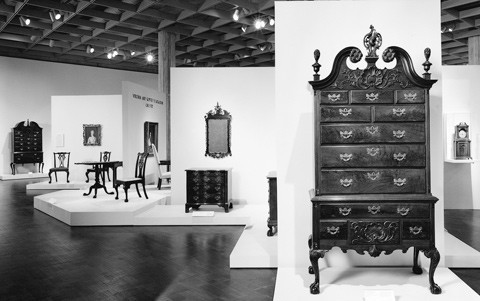
American Collections Gallery, Milwaukee Art Museum, Milwaukee, Wisconsin, ca. 1976. (Courtesy, Milwaukee Art Museum.)

Albert Sack, The Fine Points of Furniture, Early American: Good, Better, Best, Superior, Masterpiece (New York: Crown Publishers, 1993), p. 185. (Courtesy, Sack Heritage Group.)
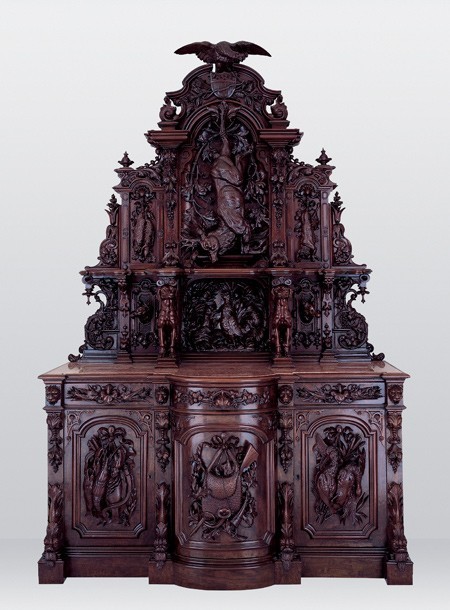
Sideboard, American, ca. 1853. Walnut with tulip poplar and white pine; marble. H. 106", W. 69", D. 28". (Courtesy, Museum of Fine Arts, Houston; museum purchase with funds provided by Anaruth and Aron S. Gordon.)
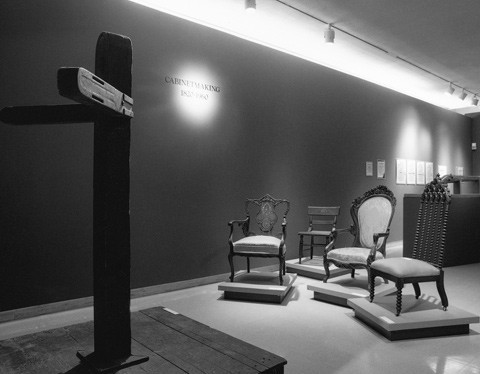
Furniture installation from “Mining the Museum,” Maryland Historical Society, April 1992–February 1993. (Courtesy, Maryland Historical Society.)
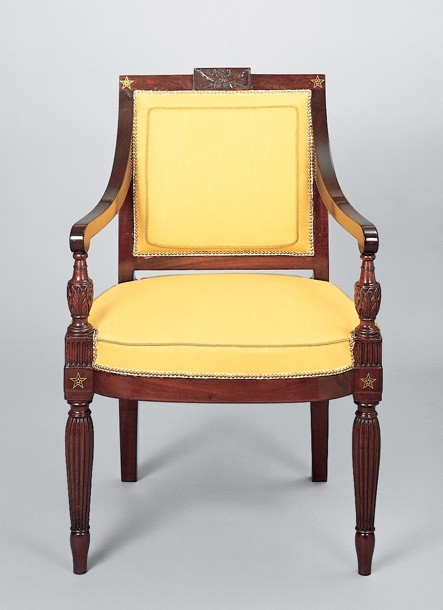
Armchair attributed to Charles- Honore Lannuier, New York, ca. 1812. Mahogany and rosewood; brass inlay. H. 35". (Courtesy, Christie’s.)
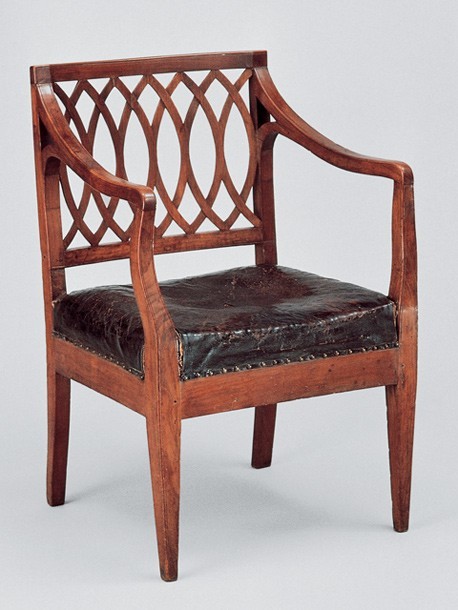
Armchair, possibly by John Hemings, Monticello joinery, Albemarle County, Virginia, 1790–1815. Cherry; original under-upholstery and leather cover. H. 34 7/8", W. 23 1/4", D. 19 1/4". (Courtesy, Colonial Williamsburg Foundation.)
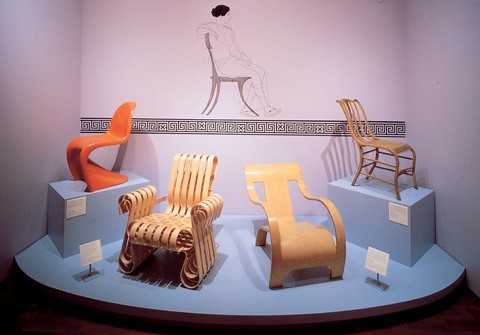
“Reinventing the Past,” American Collections Gallery, Milwaukee Art Museum, Milwaukee, Wisconsin, 2001. (Courtesy, Milwaukee Art Museum; photo, Gavin Ashworth.)
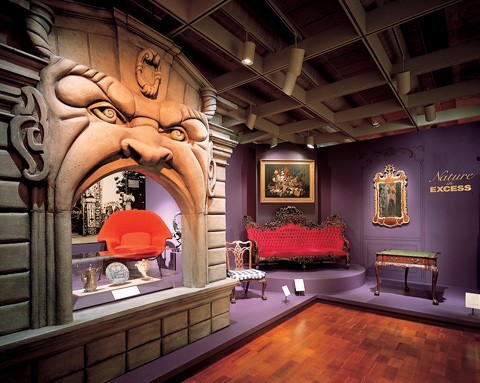
“Classical Chaos,” American Collections Gallery, Milwaukee Art Museum, Milwaukee, Wisconsin, 2001. (Courtesy, Milwaukee Art Museum; photo, Gavin Ashworth.)
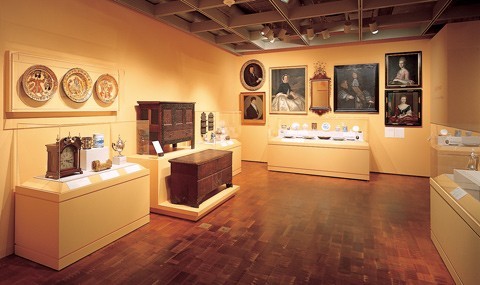
“Sign Language,” American Collections Gallery, Milwaukee Art Museum, Milwaukee, Wisconsin, 2001. (Courtesy, Milwaukee Art Museum; photo, Gavin Ashworth.)
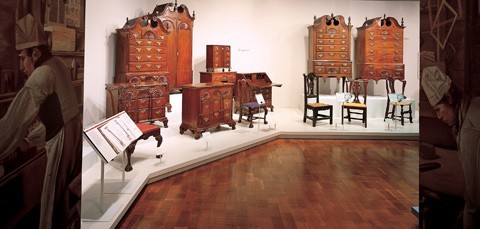
“Of the Maker, By the Maker, and For the Maker,” American Collections Gallery, Milwaukee Art Museum, Milwaukee, Wisconsin, 2001. (Courtesy, Milwaukee Art Museum; photo, Gavin Ashworth.)
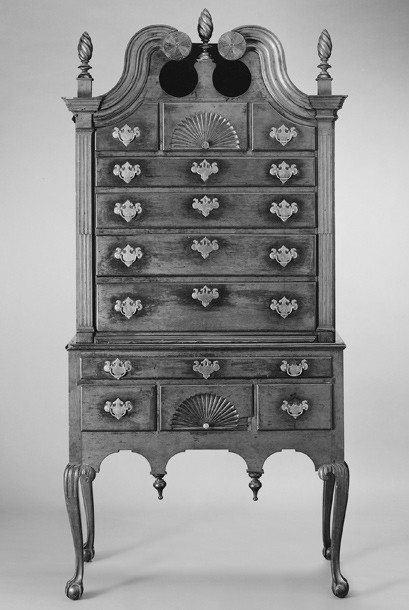
High chest of drawers, Colchester, Connecticut, ca. 1785. Cherry with white pine. H. 82 1/2", W. 41 3/4", D. 21 1/2". (Chipstone Foundation; photo, Sumpter Priddy, III.)
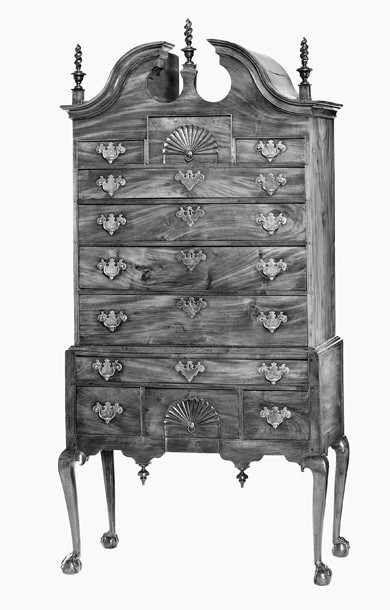
High chest of drawers, Boston or Salem, Massachusetts, 1755–1775. Mahogany with white pine with brass hardware. H. 85 1/2", W. 40 1/2", D. 20 3/4" "Gift of Friends of Art M1969.13". (Courtesy, Milwaukee Art Museum.)
